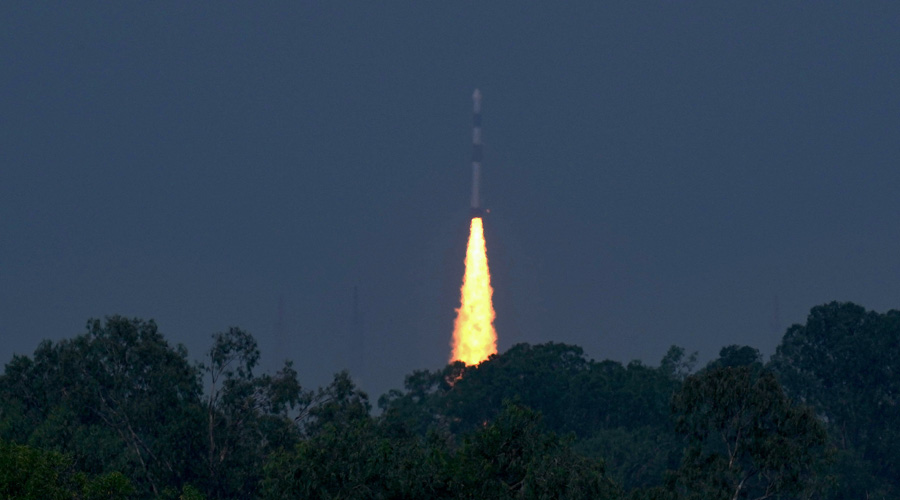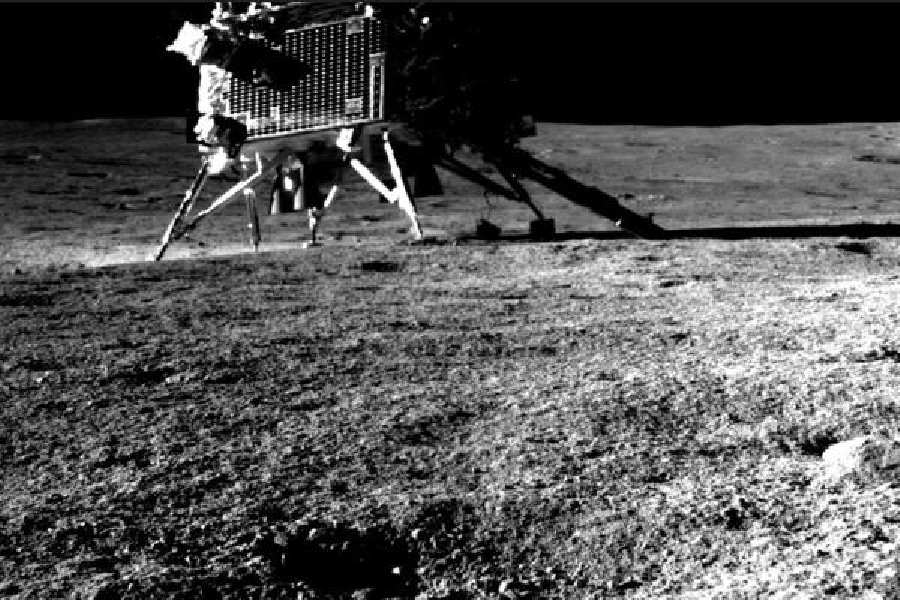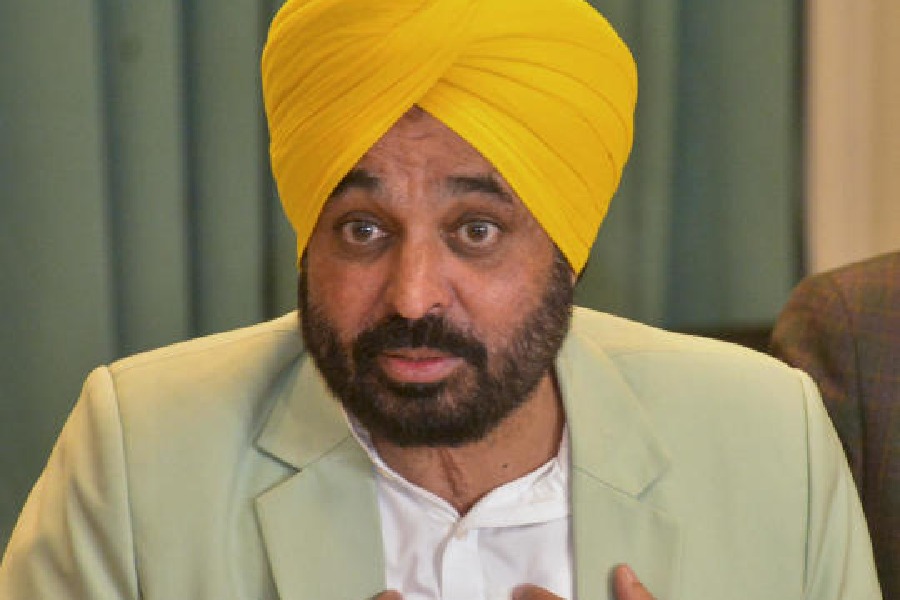Scientists at the Indian Space Research Organisation at this spaceport on Saturday undertook a major exercise as they initiated an 'in-orbit scientific experiment' using the fourth stage of a Polar satellite launch vehicle rocket.
Soon after ISRO's PSLV C55 rocket successfully placed two Singapore satellites-- TeLEOS-2 and Lumelite-4 into orbits after a 2.19 pm liftoff, the scientists used PSLV Orbital Experimental Module-2 (POEM-2) as an orbital platform to carry out the scientific experiments through non-separating payloads carried by it.
Announcing the success of the satellite mission, ISRO Chairman S Somanath said "POEM is going to write some more poems" with seven payloads.
The payloads belong to ISRO, Bellatrix, Dhruva Space and Indian Institute of Astrophysics.
It has "deployable solar panel for the first time in the upper stage of a rocket."
"That is another exciting thing to happen," Somanath added.
The payloads on POEM-2 would be powered by scientists to perform the operation. The platform's solar panel would be deployed facing towards the Sun through a ground command.
The platform would ensure the deployed solar panel points towards the Sun optimally using appropriate sun pointing mode, which would increase the power generation capability.
The power would be provided to payloads and avionic packages based on their requirements.
Saturday's campaign by the scientists is the third time that the fourth stage has been used after satellite separations as a platform for experiments.











